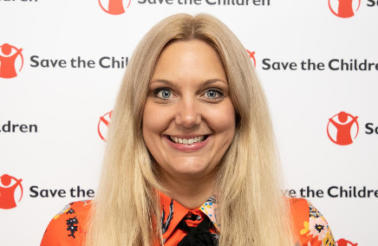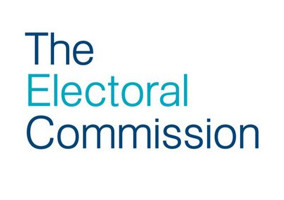Charities should take care to be “scrupulously truthful” when telling stories about people in need, Gemma Sherrington, executive director of fundraising and marketing at Save the Children, said last week.
Sherrington was speaking at Civil Society Media’s Fundraising Live event, and led a session on video and new media in storytelling.
She said: “As custodians of our causes we have got responsibility to be scrupulously truthful.”
Authenticity: ‘Behind all of the stories that we are telling there are real people’
Sherrington spoke about the importance of maintaining “integrity” and “authenticity” in communications, when trying to deploy narrative techniques in storytelling. She warned that although techniques like creating tension and a narrative arch can create engaging content, they must not be used at the expense of the person telling the story.
“When I am talking about storytelling, what I am not talking about is untruths or embellishing facts. I think as custodians of our causes we have got responsibility to be scrupulously truthful,” she told the audience.
As “behind all of the stories that we are telling there are real people with real fears, real problems, and we have to honour that”.
“We have got to be truthful to the people that we are reflecting and, actually, the best way we can do that is let them tell their own stories,” she said.
The power of video media
Sherrington shared content from Save the Children that had performed well. She said that “visual stories are incredibly powerful” and are important in deepening connections and eliciting action.
“In comparison to heard or written stories, visual stories can create impact in a way that nothing else can,” she said.
This is partially because video enables fundraisers to tell very in-depth stories, and allows the opportunity to use a lot of different visual tools in one piece of content.
Moreover, the story does not have to be told end-to-end in one piece of content, and can be unpacked over multiple layers. For example, using user generated content, illustration, audio and other tools.
Techniques for creating strong visual content
Sherrington spoke to the audience about “learnt empathy” and how to create cognitive empathy, emotional empathy and compassionate empathy. This means understanding, sharing the feeling and taking action on the feeling.
She said that there are “common threads” that “accelerate” this empathy. For example, storytelling should be visual, show the context, be personal and be positive.
Importantly, it should allow the viewer to put themselves in the other person's position. “Video and new media give us a really unique opportunity to do that, we do not have to just say to someone ‘imagine if you were in this situation’ - you can put people into the situation - you can create the reality,” she said.
Sherrington also emphasised the importance of finding common ground, and said: “It is about focusing on the points of similarity rather than the points of difference.”
She said that finding common ground to connect the person viewing to the person in need can be especially important when there is a physical distance.
“If we can tell the story of similarity it really does create connection to our supporters,” she said.
|
Related Articles












